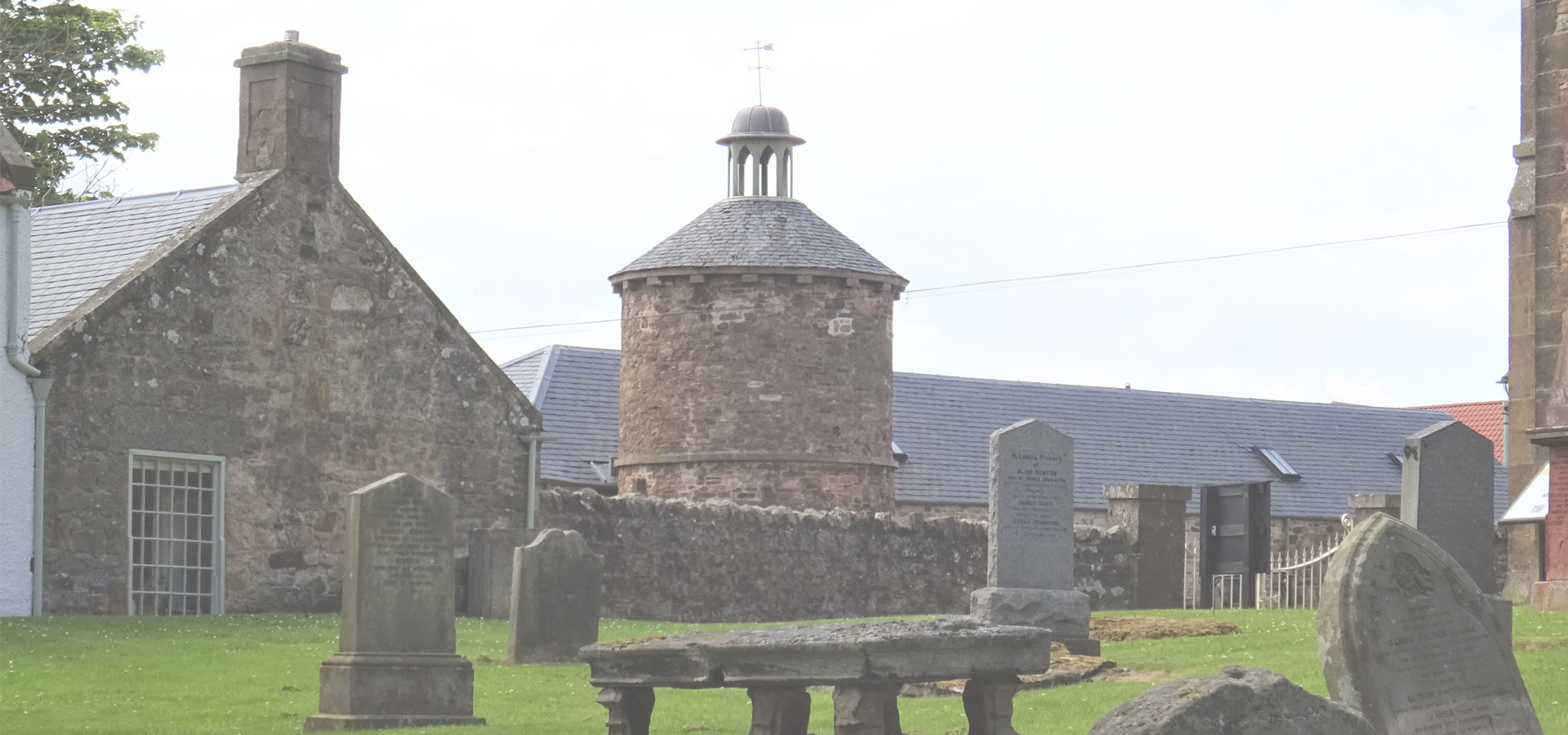Haddington, East Lothian, Scotland, United Kingdom
🏴 The Royal Burgh of Haddington (Haidintoun, Baile Adainn) is a town in East Lothian, Scotland. It is the main administrative, cultural and geographical centre for East Lothian. It lies about 17 miles (27 kilometres) east of Edinburgh. The name Haddington is Anglo-Saxon, dating from the sixth or seventh century AD when the area was incorporated into the kingdom of Bernicia. The town, like the rest of the Lothian region, was ceded by King Edgar of England and became part of Scotland in the tenth century. Haddington received burghal status, one of the earliest to do so, during the reign of David I (1124–1153), giving it trading rights which encouraged its growth into a market town.
Today, Haddington is a small town but during the High Middle Ages it was the fourth-biggest town in Scotland (after Aberdeen, Roxburgh and Edinburgh). In the middle of the town is the Haddington Town House, completed in 1745 based on a plan by William Adam. When first built, it contained markets on the ground floor, and an assembly hall on the first floor to which improvements were made in 1788, and a spire was added in 1831. Nearby is the Corn Exchange (1854) and the county courthouse (1833). Other notable nearby sites include: the Jane Welsh Carlyle House; Mitchell's Close; and a building on the High Street that was the birthplace of the author and government reformer Samuel Smiles and is marked by a commemorative plaque. John Knox was probably born in Haddington and Knox Academy, the local high school, is named after him.
1Transport Haddington sits 1 km south of the A1 dual carriageway linking Edinburgh to London. The town is currently served by the bus companies Borders Buses, Prentice Coaches, Eve Coaches and East Coast Buses. These buses facilitate travel to Edinburgh, Berwick-upon-Tweed, and several other towns and villages in East Lothian. Since the withdrawal of many First Scotland East services in June 2012, the contracts for the 121 Haddington to North Berwick and the 123 Gifford Circle passed back to the Haddington-based firm Prentice Coaches. The nearest rail station is at Drem, four miles (six kilometres) to the north, which is served by regular Edinburgh to North Berwick trains. Haddington was once served by its own railway branch line which carried passengers for over a century from 1846 to 1949. There have been proposals to reopen or extend a railway line to Haddington to ease road congestion, but nothing has come to fruition in regards to this.
1The Railway The Haddington railway line was a branch from the East Coast Main Line at Longniddry and terminated at Haddington railway station and freight depot in the area between West Road and Hospital Road. The line was 4+13⁄16 miles (7.7 kilometres) in length and had stations at Coatyburn Siding and Laverocklaw Siding before terminating in Haddington. The line was opened on 22 June 1846. The branch had only a single track, though bridges and embankments were built to allow for a double track. Passengers from Haddington were required to alight at Longniddry and change trains in order to travel to Edinburgh. The Haddington branch line and station were damaged during the flood of 1948 and though both passenger and freight services were reinstated, British Rail opted to remove rail services to the public due to competition from bus services and dwindling passenger numbers. Passenger services ended on 29 December 1949. The use of the railway line for freight continued until March 1968. The larger Victorian station building was demolished; a smaller older building, parts of the platform structure, and embankment walls remain. These are recognisable by their distinctive red-brick appearance, and can be seen from West Road, Somnerfield Court, and the industrial area south of Hospital Road.
The land occupied by Haddington's railway line is owned by East Lothian Council and is used by walkers, cyclists and horse-riders in the section of the line between Longniddry station and the St Lawrence area of Haddington. The eastern terminus of the line is occupied by industrial units and scrub vegetation. A campaign to reopen Haddington's railway service is led by the group RAGES (Rail Action Group East of Scotland). Since the closure of the station in the 1940s (isolated as it then was at the western extremity of Haddington), the town has since expanded significantly. Between 1951-81, the population of the town grew by 54%. It remains to be seen whether further expansion of the town will lead to a reinstatement of Haddington's railway line, since there are congestion issues on both the East Coast Main Line and at Edinburgh Waverley railway station.
1Bolton Churchyard and the doocot, East Lothian

Haddington has a population of over 9,130 people. Haddington also forms the centre of the wider East Lothian district which has a population of over 105,790 people.
To set up a UBI Lab for Haddington see: https://www.ubilabnetwork.org Twitter: https://twitter.com/UBILabNetwork
Twin Towns, Sister Cities Haddington has links with:
🇫🇷 Aubigny-sur-Nère, France 🇮🇹 Barga, Italy 🇨🇿 Pardubice, Czech Republic🇷🇺 Zelenograd 55.983
🇷🇺 Krasnoyarsk 56.013
🇸🇪 Kristianstad 56.017
🏴 Lochgilphead 56.038
🇸🇪 Helsingborg 56.044
🏴 Dunfermline 56.072
Locations Near: Haddington -2.78198,55.9572
🏴 Dalkeith -3.013,55.913 d: 15.2
🏴 Newtown St Boswells -2.682,55.585 d: 41.9
🏴 Leith -3.17,55.98 d: 24.3
🏴 Edinburgh -3.183,55.95 d: 25
🏴 Kirkcaldy -3.163,56.145 d: 31.6
🏴 Glenrothes -3.178,56.198 d: 36.3
🏴 Dundee -2.976,56.471 d: 58.3
🏴 Dunfermline -3.439,56.072 d: 42.8
🏴 Forfar -2.888,56.644 d: 76.7
🏴 Livingston -3.516,55.883 d: 46.4
Antipodal to: Haddington 177.218,-55.957
🇳🇿 Dunedin 170.474,-45.884 d: 18800.7
🇳🇿 Invercargill 168.373,-46.413 d: 18789.9
🇳🇿 Christchurch 172.617,-43.517 d: 18593.6
🇳🇿 Canterbury 171.58,-43.543 d: 18577.7
🇳🇿 Queenstown 168.658,-45.033 d: 18660.2
🇳🇿 Wellington 174.767,-41.283 d: 18373.8
🇳🇿 Hutt 174.917,-41.217 d: 18367.5
🇳🇿 Lower Hutt 174.917,-41.217 d: 18367.5
🇳🇿 Upper Hutt 175.05,-41.133 d: 18359.2
